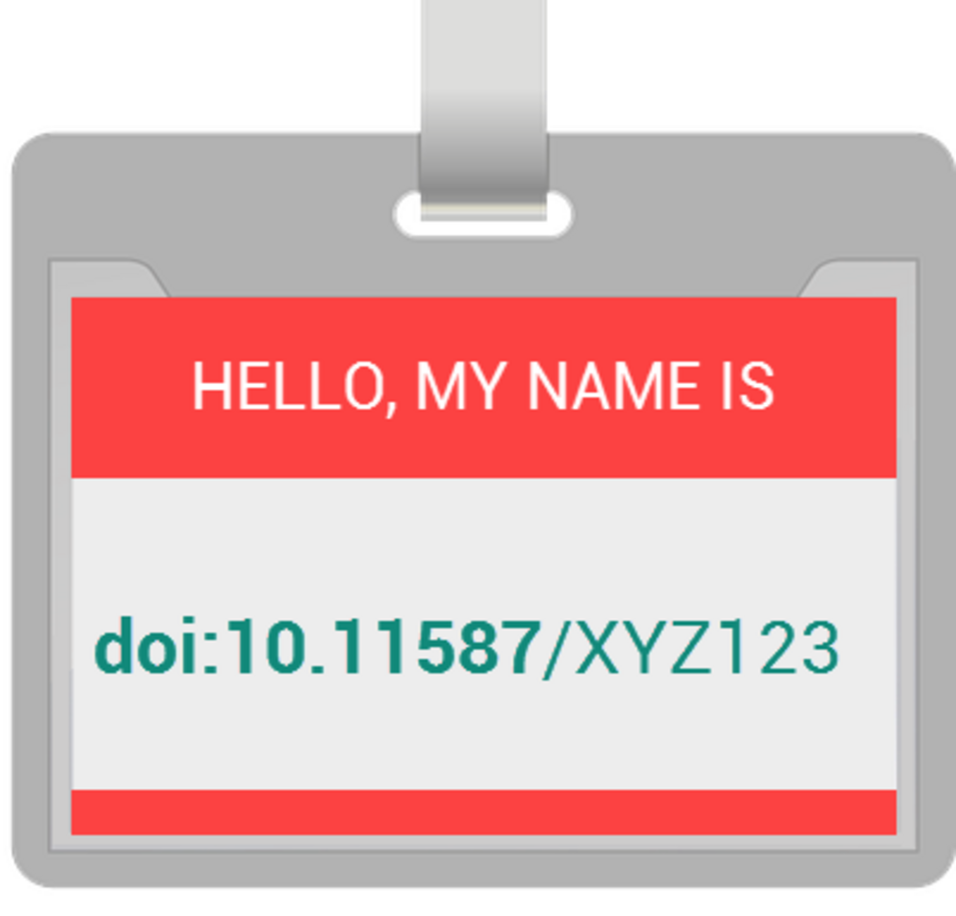All data archived in the AUSSDA Dataverse, which are ready to be reused, are assigned a unique DOI. By receiving a DOI, research data are uniquely and permanently identifiable – worldwide. At AUSSDA, a DOI can be reserved early on so researchers can properly cite their data in their publications, before archiving all their materials. Find out which data are eligible for a DOI at AUSSDA and how assignment and reservation work.
Assignment
As soon as your data are entered into our Dataverse, a DOI is reserved for your dataset. At the moment, we archive quantitative data from the social sciences. Anyone needing a DOI to cite their data in a publication can contact the AUSSDA team, who will start the data archiving process and the reservation of the DOI.
AUSSDA Dataverse & DOIs
The digital archive AUSSDA Dataverse is set up as a hierarchical structure. Various files (documentations, data files, syntax files, etc.) make up a dataset, and a collection of datasets of one research project can be found in its respective ”Dataverse”. DOIs at AUSSDA are assigned to datasets, leading to data files and accompanying documents sharing a DOI.
Reserving & registering a DOI
What does a DOI registered with AUSSDA look like?
10.11587/XYZ123
The first part is an AUSSDA-specific prefix, which is the same for all DOIs registered with AUSSDA. The second part of the DOI, the suffix, is a six-digit alphanumerical random sequence. DOIs are provided by the data registration agency da|ra and are permanently saved there. AUSSDA makes sure this entry is kept up to date, even in the rare case that the dataset is deleted.
If you need a DOI you can contact us directly to start the archiving process!


